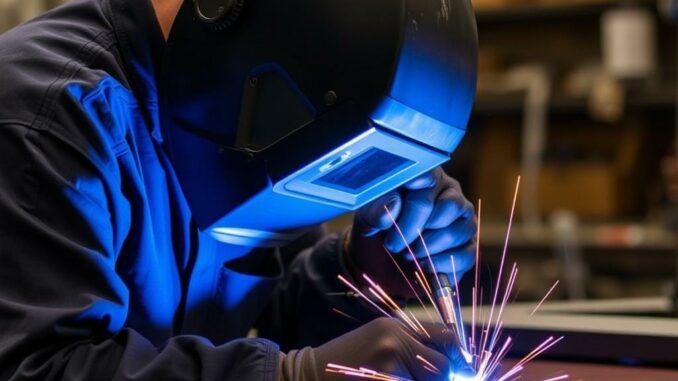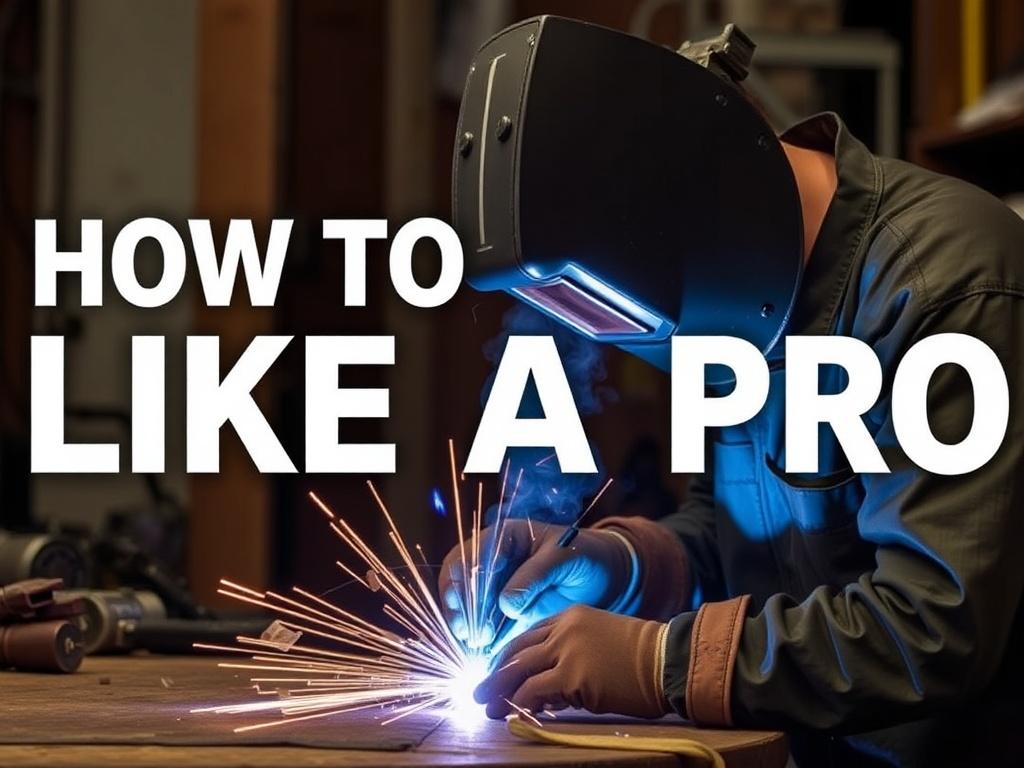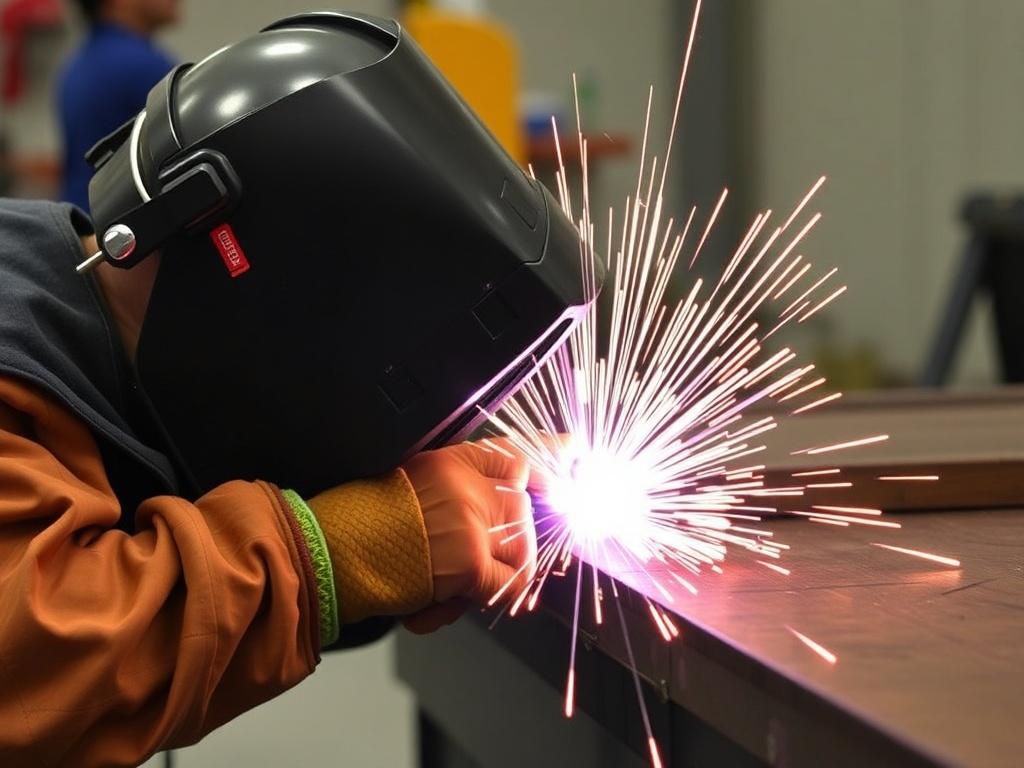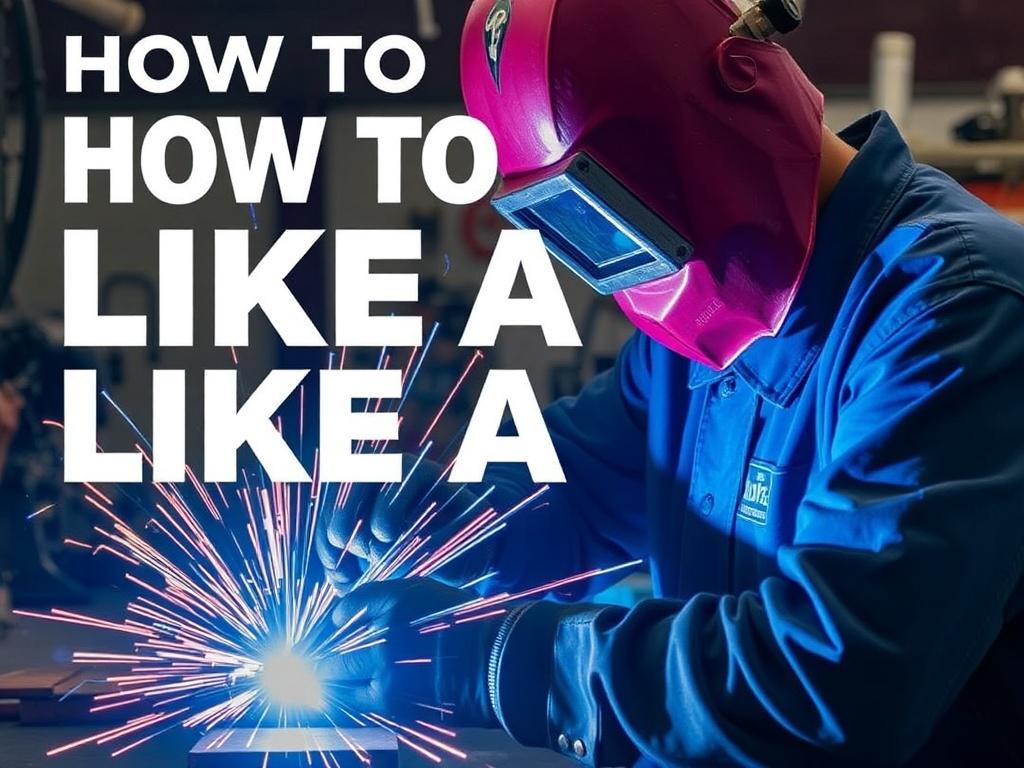
Welding is more than just melting metal together. It’s an art, a science, and a skill set that, when mastered, can open doors to countless exciting opportunities—from creating sturdy structures in construction to crafting delicate custom artwork. If you’ve ever looked at a finished weld and wished yours could look just as smooth and consistent, you’re in the right place. This article covers everything you need to know to weld like a pro, sharing valuable insights from those who have spent years honing their craft.
Whether you are a hobbyist just starting out or someone looking to sharpen your welding skills, this comprehensive guide will take you step by step through the welding process. From basic techniques to safety tips, tools you can’t be without, and common pitfalls to avoid, we’ll cover it all. By the end, you’ll feel more confident and equipped to make your welds look professional and perform reliably.
Understanding the Basics of Welding
Before diving deep into tips and techniques, it’s important to understand the fundamentals of welding—what it is, why it’s done, and the different styles that exist. Welding is the process of joining two or more pieces of metal by heating them to a point where they melt and fuse together when cooled. Unlike soldering or brazing, which use fillers with lower melting points, welding typically melts the base metals themselves along with filler rods.
There are several popular types of welding, each with its own set of tools and applications:
- MIG Welding (Metal Inert Gas): Also known as GMAW, this is one of the easiest welding techniques to learn. It uses a continuous wire feed as the electrode and inert gas to shield the weld pool from contamination.
- TIG Welding (Tungsten Inert Gas): Known for precision and quality, TIG welding uses a tungsten electrode to produce the weld and requires the welder to manually feed filler material.
- Stick Welding (Shielded Metal Arc Welding or SMAW): This is a versatile welding method that uses a stick electrode coated with flux. It’s often used on construction sites and outdoor jobs.
- Flux-Cored Arc Welding (FCAW): Similar to MIG welding, but uses a flux core wire instead of external shielding gas, making it suitable for outdoor or windy conditions.
Knowing these welding types is crucial because the techniques, tools, and challenges vary between them. Experienced welders often specialize in one or two, but understanding all helps you make informed choices depending on your project.
The Essential Tools Every Welder Needs
To weld like a pro, you need the right tools—quality equipment can make a huge difference in your results. Experienced welders emphasize the importance of investing in good gear from the outset, as cheaper tools often lead to frustration and inconsistent welds.
| Tool | Purpose | Additional Tips |
|---|---|---|
| Welding Machine | Core equipment that generates the heat needed for welding. Choose based on the welding type (MIG, TIG, Stick) | Select machines with adjustable settings and reliable brand reputation for best results. |
| Welding Helmet | Protects your eyes and face from harmful sparks and ultraviolet light. | Auto-darkening helmets are a game-changer—allowing you to see clearly before striking an arc. |
| Welding Gloves | Protect your hands from heat, sparks, and burns. | Leather gloves with proper insulation last longer and give better dexterity. |
| Protective Clothing | Fire-resistant clothing shields you from sparks and hot metal. | Invest in heavy-duty cotton or leather jackets and aprons. |
| Wire Brush and Chipping Hammer | Used to clean metal surfaces before and after welding. | Proper surface cleaning is key for strong welds. |
| Clamps and Magnets | Hold your workpieces in place during welding. | Ensures precise and stable weld joints. |
These are just the basics, but as you gain experience, you might want to add more specialized tools. For example, angle grinders for smoothing and beveling, or plasma cutters for precision cutting of metal sheets.
Mastering Welding Techniques: Tips from Experienced Welders
Practicing welding techniques correctly builds the foundation of a professional weld. Here, we break down the core tips that seasoned welders rely on to produce excellent results every time.
1. Preparation is Key
Good welds start long before the torch is lit. Cleaning the metal thoroughly is critical. Remove rust, paint, oil, and dirt using grinding tools or a wire brush. Surface impurities weaken welds and cause defects such as porosity. Experienced welders take time to fit and clamp pieces properly, ensuring correct alignment and minimal gaps. Preparing your work area for safety and convenience also pays off during welding.
2. Use Correct Settings
Adjust your welding machine’s amperage and voltage based on the metal thickness and type. Too much current can burn through the metal, while too little results in weak welds that don’t penetrate fully. Consulting a welding chart for your machine will help you dial in the right settings. Many pros keep reference charts handy or use apps that factor in metal grade and thickness.
3. Consistent Travel Speed and Angle
Maintaining a steady hand is one of the most challenging parts for beginners. Experienced welders emphasize moving the torch or electrode at a consistent speed and angle—usually around 10-15 degrees from vertical. Too fast and your welds will be narrow with weak penetration; too slow and you risk burning holes or creating excessive buildup. Practicing with scrap metal can help develop muscle memory for the right pace and movements.
4. Choose the Right Electrode or Filler Material
Matching your filler rod or wire to the base metal and project requirements is essential. For example, stainless steel welding requires different filler materials than mild steel. Using incompatible filler can cause cracking or corrosion, reducing the strength and longevity of your welds. Experienced welders also consider the joint type and environment (e.g., outdoor vs indoor, wet conditions) when selecting filler material.
5. Use Proper Shielding Gas
In processes like MIG and TIG welding, shielding gas protects molten metal from oxidizing. Common shielding gases include Argon, CO2, or a mixture of the two. Using the wrong gas or inadequate flow rates can lead to porosity and weak welds. Beginners sometimes neglect this step, but professionals know the importance of gas quality and flow.
6. Practice Different Welding Positions
Most beginner welders start by welding flat joints, but real-world projects often require vertical, overhead, or horizontal welds. These positions present unique challenges like gravity pulling molten metal away from the joint or causing drip hazards. Experienced welders train extensively to weld confidently in all positions, using specific torch angles and travel techniques to control the weld pool.
Safety First: Protecting Yourself While Welding

Safety cannot be overstated in welding. The risks include high heat, ultraviolet rays, electric shock, fumes, and flying sparks. Every pro welders’ top priority is to stay safe while maximizing efficiency.
- Wear the Right Protective Gear: Always use a welding helmet with an appropriate filter shade, gloves, protective clothing, and safety boots. Eye injuries are common among welders who neglect eye protection.
- Ensure Proper Ventilation: Welding fumes can be toxic. Ventilate your workspace or use fume extractors to reduce inhalation risk.
- Check Equipment Regularly: Inspect cables, hoses, connectors, and the welding machine to avoid electrical hazards.
- Have a Fire Extinguisher Ready: Sparks commonly cause fires. Being prepared can prevent disaster.
- Clear Work Area of Flammable Materials: Keep your surroundings free from papers, liquids, or other combustibles.
Seasoned welders develop habits that make safety second nature—so build these into your routine, and you’ll not only protect yourself, but improve your workflow by minimizing interruptions and accidents.
Common Welding Defects—and How to Fix Them

Even experienced welders encounter issues. Here’s a look at some common welding defects, what causes them, and how you can fix or avoid them.
| Defect | Cause | Fix or Prevention Tips |
|---|---|---|
| Porosity | Contaminants or shielding gas issues causing gas pockets in the weld. | Clean surfaces thoroughly and ensure proper gas flow and quality. |
| Cracking | Wrong filler material, too fast cooling, or high stress on the metal. | Use appropriate filler rods and preheat metal if necessary. |
| Undercut | Excessive heat or incorrect angle leading to groove at the weld toe. | Reduce heat input and maintain proper torch angle and movement. |
| Lack of Fusion | Insufficient heat or improper technique. | Adjust weld parameters to achieve full penetration and clean joints. |
| Spatter | Improper settings or metal contamination. | Optimize welding parameters and clean metal surfaces pre-welding. |
Learning to identify and correct these defects will significantly accelerate your journey to welding mastery.
Top Tips from Experienced Welders to Take Your Skills to the Next Level

Here are additional insider tips that many professional and experienced welders swear by to improve both weld quality and your mastery of the craft:
- Practice as Much as Possible: Welding is a skill that improves dramatically with hands-on experience. Dedicate time to practice on scrap metal before tackling your main project.
- Take Welding Classes or Workshops: Learning directly from seasoned welders can greatly shorten your learning curve. Many community colleges and trade schools offer classes.
- Keep Detailed Notes: Document your machine settings, material types, and conditions for each weld. These records become invaluable references for future projects.
- Join Welding Forums and Communities: Online welding forums provide a wealth of shared knowledge, tips, and troubleshooting help from peers worldwide.
- Stay Patient and Persistent: Mistakes and failures are inevitable. Having a positive mindset and determination helps you learn quickly and avoid frustration.
Final Thoughts: Welding Like a Pro is Within Your Reach
Welding is a rewarding trade and hobby that combines skill, creativity, and technical know-how. It can seem overwhelming at first, but by following the advice from experienced welders—preparing meticulously, setting up your tools correctly, practicing consistently, and prioritizing safety—you can elevate your work to professional levels.
Remember, every pro welder started as a beginner. The difference lies in the dedication to learning, patience in mastering the craft, and investing in good habits. Approach each weld as an opportunity to improve, and soon you’ll find that welding like a pro isn’t just possible—it’s your new standard.
Keep practicing, stay safe, and enjoy creating incredible projects with your welding skills!
